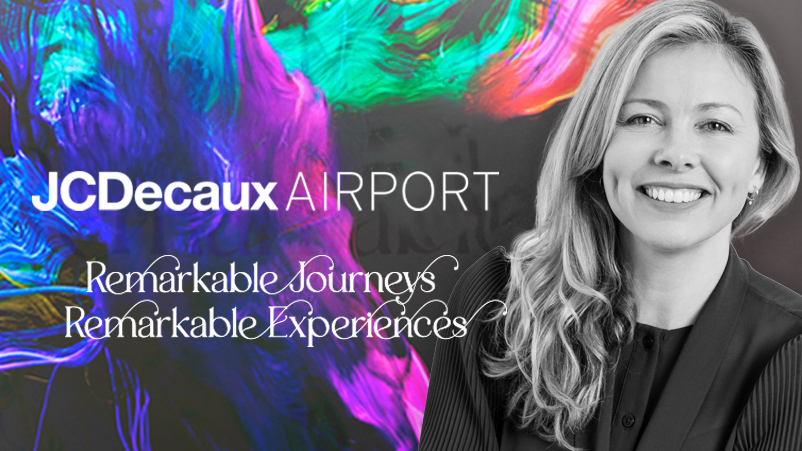Doppelgangers, spoofers, flooders and stuffers - IAB Australia muscles up against ad fraud, but hedges on scale of problem

IAB Australia has identified 35 different types of ad fraud in a new Ad Fraud Handbook
IAB Australia today launches a comprehensive Ad Fraud handbook that identified 35 different types of grift, and acknowledges that in the world of financial crimes, ad fraud stands alone in terms of its capacity to deliver high rewards for low risk and effort. But the industry association, some of who's members have an uncomfortable past sustaining both the poachers and the gamekeepers, is still shy of nailing a specific ad fraud number to the mast. By comparison, Juniper Research puts the scale of the problem at $68bn worldwide.
What you need to know
- IAB today releases an Ad Fraud Handbook which identifies 35 different types of grift, and the kinds of approach es that can mitigate loss
- While it continues to avoid an actual number, others - including Juniper Research put the scale of ad fraud globally at $US68 billion
- Ad tech providers have a potted history in dealing with ad fraud, as companies such as AppNexus and Criteo demonstrate
We want buyers, tech vendors and sellers alike to take this issue more seriously and get their hands dirtier with the details. They need to work collaboratively to minimise ad fraud, because ultimately it negatively impacts us all
Ad fraud is a low risk, low effort, high reward venture which stands alone in a pantheon of scams when compared to a baker's dozen worth of potential grifts including extortion, bank fraud and credential harvesting, according to a new Ad Fraud Handbook by IAB Australia. (The analysis quoted comes from HP).
More than 35 different types of frauds are identified ranging from cookie stuffing, domain dopplegangers, botnet traffic, redirect attacks, SDK spoofing, click farms and click flooding, pixel stuffing and domain spoofing.
Fraudsters tend to follow the money, with video and CTV attracting particular attention due to their higher yields, although as Mi3 noted earlier this year, industry structure means Australia is less susceptible to CTV fraud, for now. But machine learning looms as a new potential problem, according to IAB.
The handbook includes the views not only of traditional ad fraud mitigation vendors such as IAS and DoubleVerify, but also critics of the industry's response to the vast global problem - including, notable ad tech industry critic Augustine Fou.
In the middle of 2017 the World Federation of Advertisers described the growth of ad fraud as tracking a path to become second only to the drugs trade as a source of income for organised crime. At the time Juniper Research measured the scale of the problem at approximately19bn worldwide. It has subsequently grown to $68 bn, according to Juniper.
And the adtech industry has form. Having discounted the problem for a decade during the early 2000s, it eventually became so big it was impossible to ignore. The IAB Ad Fraud Handbook for instance describes AppNexus's acknowledgement of the problem in 2015 as dramatic. It was not alone. By 2017, Criteo was accused of facilitating huge amounts of ad fraud by short seller Gotham City Research in a report which tanked its share price from $54 to $22. It never recovered its pre-Gotham valuation, and its revenues have flatlined (and lately declined).
But in reality, the industry's dirty secret was that most of the major ad tech participants including the SSPs (sell side platforms) and ad networks benefitted from ad fraud, and thanks to the business model, they had little or no incentive to address the issue, according to critics like Fou.
In its handbook, which includes a comprehensive overview of the ad fraud ecosystem, IAB Australia describes ad fraud as both the unintended delivery of advertising to non-human traffic, and any intentional activity or action taken by an individual or group of individuals to deceive or manipulate the digital advertising ecosystem for personal gain or financial benefit.
This can include a wide range of fraudulent activities, including fake ad impressions, clicks, conversions, or installs, as well as other deceptive practices such as domain spoofing, click spamming, and bot traffic. Ultimately all these activities result in wastage and lost revenues at best - and at worst directly funds organised crime.
Relentless Scrutiny
According to Jonas Jaanimagi, IAB Australia Tech Lead, ad fraud is a well-known issue, which demands relentless scrutiny.
“The issue of ad fraud is not new, and the industry’s focus has traditionally tended to oscillate between complacency and versions of fearmongering generated by enormous and often inferred sums of money being criminally syphoned out of the ecosystem."
The "fearmongering reference" however continues to be undermined by the fact that the IAB itself avoids committing to a number. That remains the case with the Ad Fraud handbook. At best it plays "split the difference" between the two extremes of the debate suggesting the truth lies somewhere in the middle, even though Juniper's figure is based on an annual analysis of the data, while the ad tech sector's low ball comes with giant dollops of self-interest.
But today's initiative is still a major advance on the previous IAB regimes locally who in the past would discount or even deny the problem.
"We want buyers, tech vendors and sellers alike to take this issue more seriously and get their hands a dirtier with the details. They need to work collaboratively to minimise ad fraud, because ultimately it negatively impacts us all,” said Jaanimagi.
The handbook itself says, "Ad Fraud is a well-known issue, which demands relentless scrutiny and we hope that brands can take it seriously and with pan-industry support both buyers and sellers can work collaboratively (and closely with those vendors that meet their needs) to minimise these activities, which ultimately negatively impact us all.
IAB Australia Standards and Guidelines Council contributors for the Ad Fraud handbook include Google, Integral Ad Science, DoubleVerify, Pedestrian Group, REA Group, Index Exchange, News Corp Australia, and Yahoo. Guest contributors included Dr Augustine Fou, Independent Ad Fraud Researcher, FouAnalytics; Lindsay Bender, Head of Product Marketing, HUMAN; and Mathew Ratty, Co-Founder & CEO, Adveritas / TrafficGuard.



